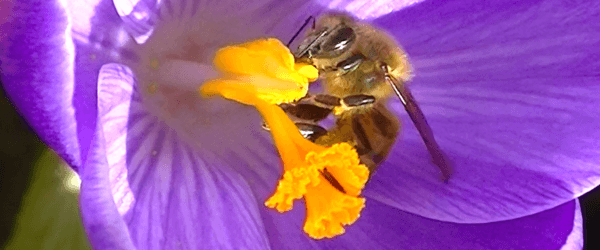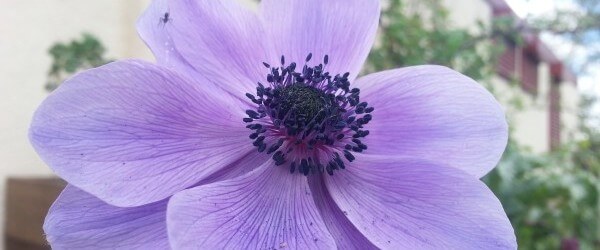Recent farm surveys demonstrate that the amount of nectar on farms is generally not sufficient to sustain uninterrupted yearlong pollination services to crops. Encouraging the number of pollinators on unused farm land at critical times of the year was demonstrated to increase yield from fields. Notably there two main pinch-points in the pollinator calendar: March and September/October, particularly if spring is late or the onset of cold weather in autumn is early. At both pinch-points, poor availability of sufficient nectar sources leaves hive stocks depleted with the result that the hive is vulnerable to disease or gets a slow start in spring.

By sowing unused corners and edges of fields with meadow flowers and flowering shrubs such as hawthorn, farmers can ensure that these pinch-points are limited and that brood development of honeybees is ensured early in the season and nectar stocks are provisioned prior to the onset of cold weather in autumn. At Plan Bee we recommend sowing mixed meadow flowers and placing beehives along field margins and in unused corners, where these are not obstructive to farming operations, but substantially boost crop yields at very little additional cost to the farm.
